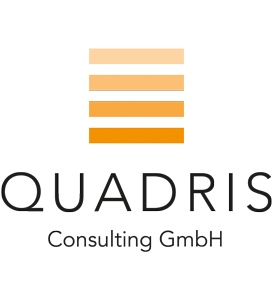Our methods
Consulting and Strategy Development
We work with small businesses – non-profit-making and non-governmental organizations as well as start-ups – and with medium-sized enterprises and big, international corporations. We carefully select methods which are geared to the client‘s specific needs.
Impact Analysis and Sustainability
By using analysis-, design- and control tools for impact and sustainability of projects and initiatives, it is possible to achieve the greatest achievable social and economic effects.
Quantitative modeling and simulation
To get an insight into and understanding of the real processes within an organization, we analyze numbers, data and facts as a basis for entrepreneurial and management decisions. Numerical simulation serves us as a key technique for estimating the quantitative impact of these decisions .
Design Thinking
We apply unconventional but rigorous techniques to develop new services centered on our clients‘ needs and requirements.
Coaching
We value and maintain long-lasting, trust-based relationships . We offer individual support in the context of people’s professional and personal development.
Peer Learning
Many projects – especially those involving a network of partners – require an environment of mutual trust and respect. This has to be established so that partners can exchange ideas among peers and learn from each other.
Teaching
With our extensive teaching experience in academic institutions, we can provide lectures, seminars and intensive workshops specifically tailored to our clients’ needs .
We work with our clients to generate solutions which are tailored to their unique needs.
Facilitation – Moderation
With a view to supporting and strengthening our client‘s creativity and problem-solving skills, we devise specific workshop formats. which are tailored to the client‘s actual situation and create a basis for successful project implementation.
Our toolbox
Development of strategies and of mission, vision, and values statements
Business models
Evidence- and simulation-based decision tools
Process analyses and optimization
Customized communication and application documents
Evaluations
Qualitative business analysis
Impact Analysis



